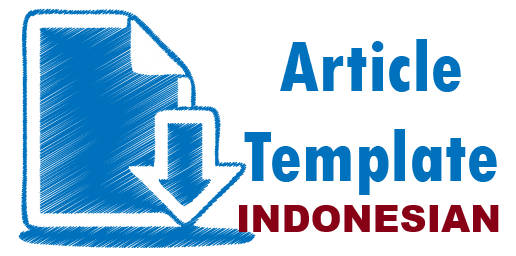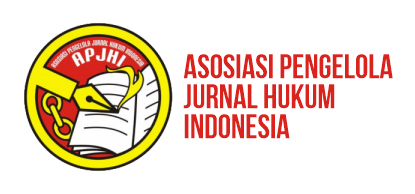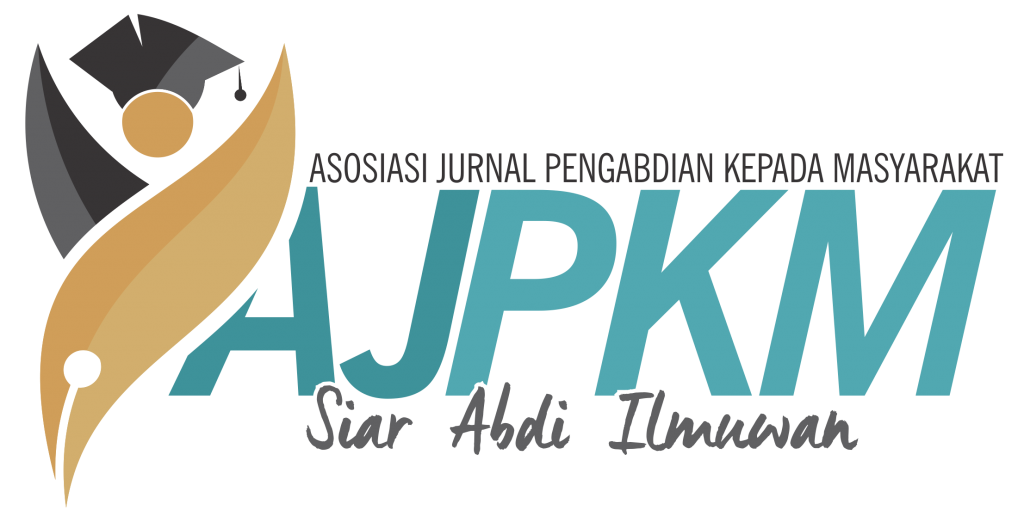Quick Menu
Author Guidelines
GENERAL PROVISIONS OF WRITING
- Accepted manuscripts are articles that have never been published in any journal in any form or have not been accepted for publication.
- Manuscripts in the form of community service with various topics in the field of research-based legal studies such as: Community-Based Research, Service Learning and advocacy, Community Development and Empowerment, Community Assistance, and Testing the results of Community Science and Technology.
- The manuscript is the result of his own work and does not contain plagiarism. Checking for plagiarism does not exceed 20% (twenty percent.
- Manuscripts can be written in Indonesian or English for 12-25 pages. The manuscript is typed on A4 paper with a top margin of 3 cm, left margin of 3.2 cm, bottom margin of 2.8 cm, and right margin of 2.5 cm, using Book Antiqua font type, font size 11, and spacing 1.1
- The writing style in the Jurnal Dedikasi Hukum must refer to the Regulation of the Minister of National Education Number 50 of 2015 concerning General Guidelines for Improved Indonesian Spelling. The writing style that specifically applies to the Jurnal Dedikasi Hukum, namely:
- When referring to an article, the initial letter of the word "article" is written in capital letters.
- When referring to a verse, the initial letters of the word "verse" are written in lower case and numbers are enclosed in brackets.
- If in a direct quotation of a phrase, paragraph, or article formulation there is an omitted part, the omitted part is marked with an ellipsis inserted in square brackets[....].
- The abbreviation of the names of statutory regulations is left to the style of each author, as long as they are used consistently. The suggested form, for example "UU No. 1 of 1950".
- Writers are advised to avoid the enumerative method of description.
- Bibliography should be referred to from the latest edition and it is highly recommended to come from journals. Bibliography contains at least 10 references from primary data (sources from research articles in scientific journals and in the form of books) and other data sources (research/community service reports, news in newspapers, etc.)
- Academic degrees are not written in the bibliography.
- Writing Templates can be downloaded: Jurnal Dedikasi Hukum Template
- Authors must submit manuscripts in softcopy through the Open Journal System (OJS) account available on the website https://ejournal.umm.ac.id/index.php/jdh.
- The editor has the right to select and edit incoming manuscripts without making any changes to the contents. The author will notify the author of the certainty of loading or rejection of the manuscript: Priority for loading of manuscripts is based on the assessment of the substance and order of the manuscripts that enter the Jurnal Dedikasi Hukum. The substance of the writing or article is entirely the responsibility of the author.
- Support from journal authors is expected to use references from the Jurnal Dedikasi Hukum that has been published.
- For further information, please contact: Jurnal Dedikasi Hukum, Faculty of Law, Universitas Muhammadiyah Malang, Jalan Raya Tlogomas Number 246, Malang, East Java, Email: dedikasihukum@umm.ac.id.
WRITING SYSTEM
The systematics of the research results must include Title, Author Name, Abstract (in Indonesian and English), Keywords, Introduction, Implementation Method, Results and Discussion, Conclusion, and Bibliography.
- The title of the manuscript consists of a maximum of 15 words. Manuscripts must be accompanied by abstracts and keywords in English as well as abstracts and keywords in Indonesian. Abstract and essence consist of 150-250 words each. Keywords and keywords each consist of 3 words.
- Abstracts are written in Indonesian and English separately using Book Antiqua font size 10 pt, single spaced, consisting of 150 – 250 words and single spaced, italicized and in 1 paragraph. The abstract includes the background and objectives of community service, the methods used and the results in the form of impacts/benefits and achievements of community service activities.
- The introduction describes the problems, challenges or needs of the community (partners) which are the background to the implementation of community service activities, results of literature review and/or research that are relevant to the theme of community service activities carried out, and the objectives of community service activities. The introductory section is presented in the form of paragraphs with a composition of 10-15% of the total article pages.
- The Implementation Method describes the service method carried out and the stages that provide an overview of the solution to the service partner's problems. The Implementation Method section is presented in paragraph form with a composition of 8-10% of the total article pages.
- Results and Discussion describe the results of community service activities in the field of law. The discussion of the results of the service is analyzed based on the results of previous research / service and is critically reviewed and linked to the latest literature that is relevant to the topic of discussion. If there are tables/charts/images containing exposure to the results, they are processed so that they are easy to understand. The results and discussion are presented in the form of paragraphs with a composition of 50-60% of the total article pages.
- The conclusion describes the achievements of community service activities in relation to the objectives and targets of the activity in the form of the essence of the results of the discussion. Conclusions are presented in paragraph form with a composition of 5 – 10% of the total article pages.
- Bibliography contains at least 10 references from primary data (sources from research articles in scientific journals and in the form of books) and other data sources (research/community service reports, news in newspapers, etc.) arranged alphabetically. The bibliography is written in Book Antiqua, Font 11 pt, single spaced, uses the APA Style standard and must use Mendeley's reference management.














